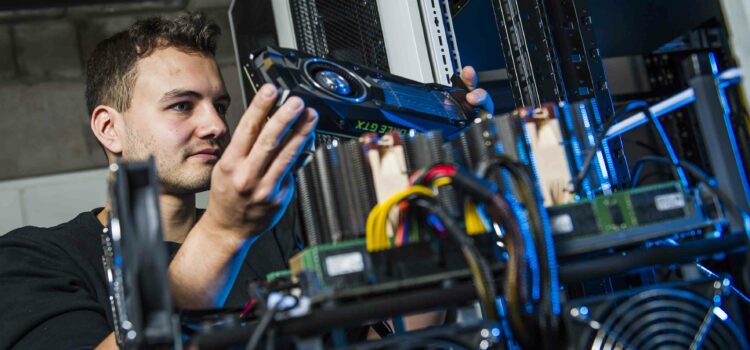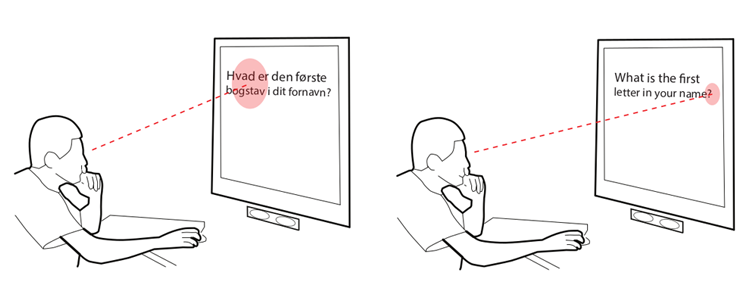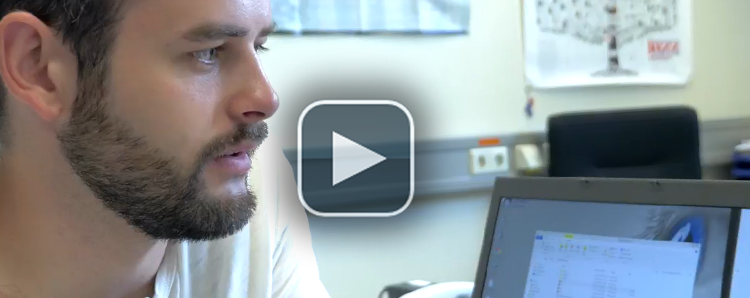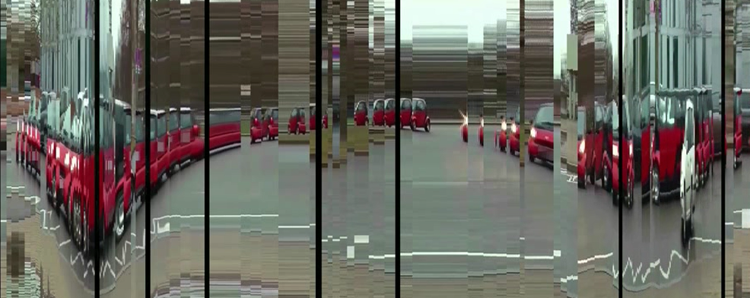In December 2021, Valentin Bruder successfully defended his doctoral thesis titled “Performance Quantification of Visualization Systems”. Read more…
Performance Quantification of Visualization Systems



In December 2021, Valentin Bruder successfully defended his doctoral thesis titled “Performance Quantification of Visualization Systems”. Read more…

The first Workshop on Eye Tracking for Quality of Experience in Multimedia (ET-MM) took place online via Zoom on June 2nd, 2020.

This year’s EuroVis, one of the most important visualization conferences in Europe, as well as many co-located events took place in Barcelona, Spain. Despite outside temperatures of well beyond 30°C, the attendees enjoyed many interesting talks on the latest visualization research topics and discussed them with researchers in the field from all over the world.

With an increasingly globalized world, the language barrier problem becomes more prominent. And thus, inhibits proper interaction between not only humans but also information interfaces in the respective country. Navigating an interface in an unfamiliar language can be challenging and cumbersome. More often than not, poorly accessible language menu are of little to no help. Implicitly inferring a user’s language proficiency helps relieving customer frustration and boosts the user experience of the system. The following image shows a sketch of such a language-aware interface.

Humans rely on eye sight and the processing of the resulting information in more everyday tasks than we realize. We are able to solve moderately difficult quadratic formulas in our head when taking information about a flying ball and aiming to hit it with a baseball bet at incredible speeds. We are able to use visual information about dozens of cars to navigate when driving a car in unknown streets. Our eyes calibrate to the lighting conditions allowing us to navigate broad daylight just as well as dimly lit rooms. Beyond that, we can use information about depth of field, color, tint, and sharpness. In fact, it is often said that over 50% of the cortex, the surface of the brain, is involved in vision processing tasks. This makes vision one of the most relied upon sense. Consequently, understanding what drives our eye movements may be a key to understanding how the brain as a whole works.

Kuno Kurzhals is a visualization scientist at the Visualization Research Center of the University of Stuttgart (VISUS) with special focus on video visualization and evaluation methods in combination with eye tracking. His research is associated with the SFB-TRR 161 where scientists whant to establish quantification as a key ingredient of visual computing research. In this video interview he talks about the challenges and aims of his activities and explains some of his visualization results.

Franz Hahn is a PhD student in the Multimedia Signal Processing Group of Prof. Dietmar Saupe at the University of Konstanz. During his project activities in the SFB-TRR 161 he is concerned with the topic of image and video quality assessment. Using Eye Tracking he aims to develop a predictive model that improves the quality of images by keeping the data size the same.

“What we aim for in the end is some sort of mechanism, that tells us, whether the users understood, what they were looking at.”
Jakob Karolus is a researcher at the Institute for Visualization and Interactive Systems at the University of Stuttgart working in the field of Human-Computer Interaction. Within the project SFB-TRR 161 “Quantitative Methods for Visual Computing” he wants to find out how different visualizations influence the eyemovement patterns of people.

Our last post was about presentations at IEEE VIS 2016 in Baltimore. Apart from the already mentioned publications, there were more presentations by SFB-TRR 161 scientists at the conference.

This year, the IEEE VIS conference took part in Baltimore, Maryland which is also dubbed ‘Charm City’ by the locals. The conference was held in the Baltimore Convention Center, at the Hilton Hotel. The location is situated not far from the Inner Harbor of Baltimore, a very nice and scenic place. The conference consists of three tracks (InfoVis, SciVis & VAST). Additionally, there are many workshops and tutorials.